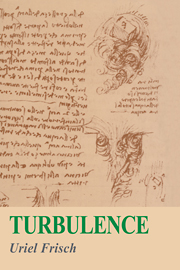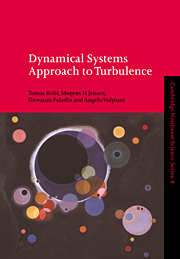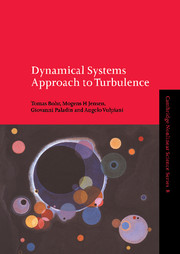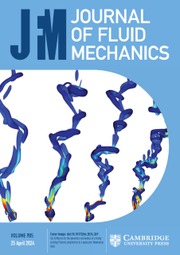Turbulence
Written five centuries after the first studies of Leonardo da Vinci and half a century after A.N. Kolmogorov's first attempt to predict the properties of flow, this textbook presents a modern account of turbulence, one of the greatest challenges in physics. "Fully developed turbulence" is ubiquitous in both cosmic and natural environments, in engineering applications and in everyday life. Elementary presentations of dynamical systems ideas, probabilistic methods (including the theory of large deviations) and fractal geometry make this a self-contained textbook. This is the first book on turbulence to use modern ideas from chaos and symmetry breaking.
The book will appeal to first-year graduate students in mathematics, physics, astrophysics, geosciences and engineering, as well as professional scientists and engineers.
- Author very well known in the field of turbulence
- Subject widely taught to physicists, applied mathematicians, astrophysicists, and earth scientists
- Uses modern ideas from chaos and symmetry breaking
Reviews & endorsements
"This is a work of great scholarship....This book belongs in the library of any college or university where physics is taught. It can productively be used as a reference in advanced undergraduate courses or as a text for a one-semester course on turbulence itself." Russell J. Donnelly, Physics Today
Product details
January 1996Hardback
9780521451031
312 pages
229 × 152 × 17 mm
0.46kg
72 b/w illus.
Available
Table of Contents
- Preface
- 1. Introduction
- 2. Symmetries and conservation laws
- 3. Why a probabilistic description of turbulence?
- 4. Probabilistic tools: a survey
- 5. Two experimental laws of fully developed turbulence
- 6. The Kolmogorov 1941 theory
- 7. Kolmogorov and Landau: the lack of universality
- 8. Phenomenology of turbulence in the sense of Kolmogorov 1941
- 9. Intermittency
- 10. Further reading: a guided tour
- References
- Author index
- Subject index.






